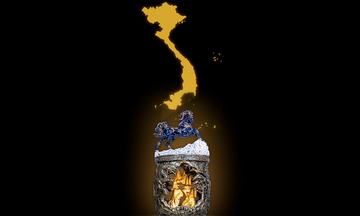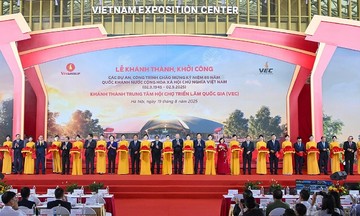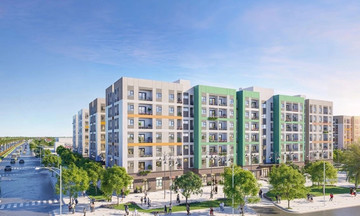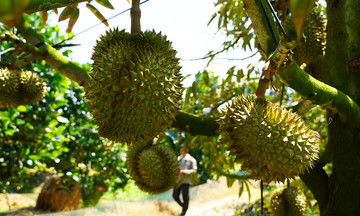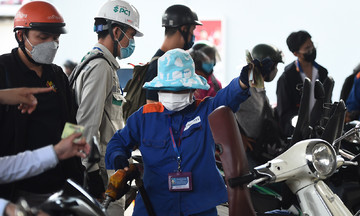According to recently released customs data, China accounted for $27 million USD of the total, a 363% increase compared to June of last year. Beyond China, Vietnamese lychees are also gaining popularity in demanding markets like France, Australia, the US, Canada, and the UK, with export growth ranging from 200% to 500%.
In the first 6 months of the year, lychee export revenue reached $45.4 million USD, a 92% increase compared to the same period last year. The top 10 import markets for Vietnamese lychees all increased their purchases, ranging from 10% to 2,000%.
An export company representative stated that this year's attractive pricing, high quality, and affordability resonated with international consumers. The area under VietGAP and GlobalGAP certified lychee cultivation has also expanded rapidly, helping meet the stringent requirements of markets such as Japan, the UK, and the US.
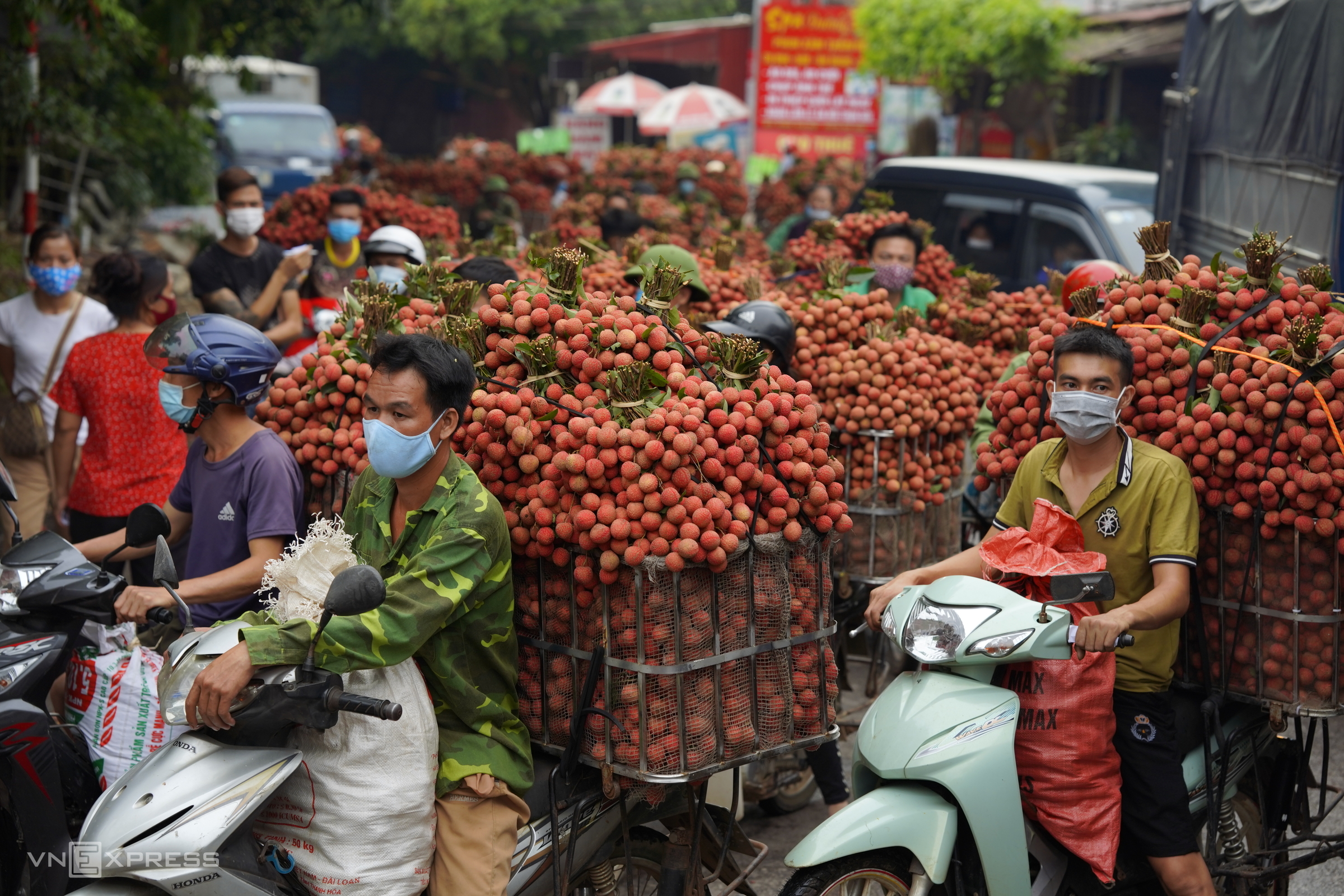 |
Lychees are harvested in Bac Giang province (former). Photo: Ngoc Thanh |
Dang Phuc Nguyen, General Secretary of the Vietnam Fruit and Vegetable Association, noted the continuous improvement in the quality of Vietnamese lychees. Modern harvesting and preservation technologies extend shelf life and enhance quality. Many businesses have partnered with farmers, establishing integrated processes from cultivation and care to harvest, resulting in significant increases in both yield and quality.
This year, farm-gate lychee prices range from 8,000 to 20,000 dong per kg, depending on the variety. Certain batches with designated growing area codes and attractive packaging command higher prices, around 25,000-30,000 dong per kg. At the start of the season, prices reached 35,000-40,000 dong per kg. After factoring in input costs and transportation, exported lychees retail for approximately 200,000-300,000 dong per kg in foreign markets.
This year's national lychee output is estimated at 250,000 tons, a 25% increase compared to last year. Bac Giang province alone accounts for 165,000 tons of this total.
Lychees, a summer specialty of Vietnam, are primarily cultivated in northern provinces, with Bac Giang and Hai Duong (former) being the two key regions. Luc Ngan is known as the "lychee capital" of the country, with an area of approximately 18,000 hectares and an annual output typically exceeding 100,000 tons. Luc Ngan lychees are renowned for their large size and delicate sweetness, catering to discerning markets such as Japan, Australia, the EU, and China.
Hai Duong (former) is another major growing area, with a total area of nearly 10,000 hectares. Thanh Ha lychees are characterized by their thin skin, thick flesh, and rich, sweet flavor. In 2020, this region became the first to introduce Vietnamese lychees into the Japanese distribution system.
In addition to these areas, lychees are also grown on a smaller scale in Quang Ninh (Dong Trieu, Uong Bi), Hung Yen, and Hanoi. Some southern provinces, such as Lam Dong and the Central Highlands, have experimented with lychee cultivation, but have yet to establish large production areas due to unsuitable climatic conditions.
Many lychee growing areas in Bac Giang and Hai Duong (former) have been granted growing area codes and have implemented VietGAP and GlobalGAP processes to facilitate official exports.
Thi Ha




